Table of Contents
The geography of Japan is a captivating blend of diverse landscapes and historical significance. Situated in East Asia, this nation’s geographic location has played a pivotal role in shaping its history and cultural identity.
Nestled on an archipelago off the eastern coast of the continent, Japan geography beckons adventurous travelers with its majestic mountains, serene coasts, and lush forested regions. From exploring the snowy peaks of Hokkaido to uncovering the cultural tapestry of Tokyo, Japan’s diverse landscapes and rich history offer an unforgettable journey for intrepid tourists seeking a unique and enriching experience.
The physical geography of Japan paints a picture of awe-inspiring natural masterpieces. From the iconic Mount Fuji, representing the nation’s volcanic heritage, to the diverse ecosystems that span from the temperate rainforests to the subtropical beaches, Japan stands as a testament to nature’s grandeur.
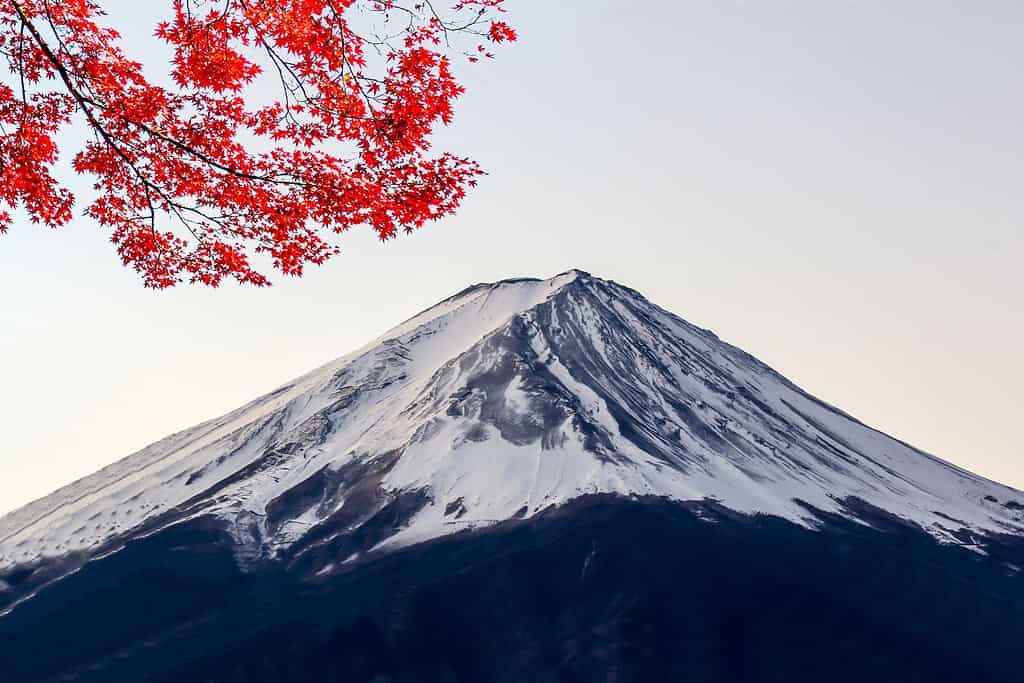
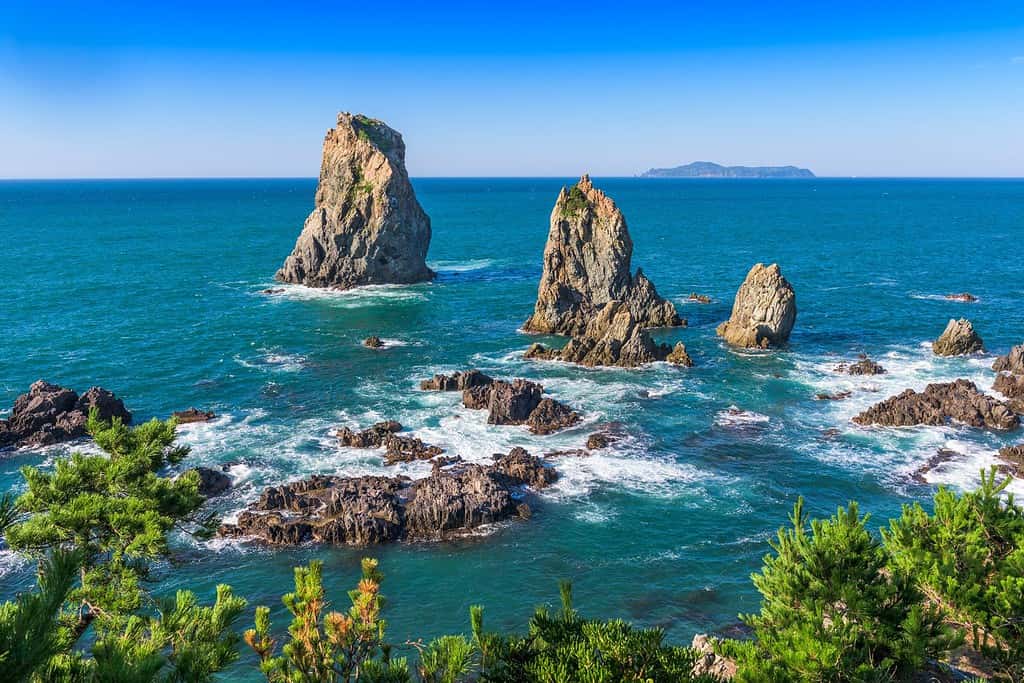
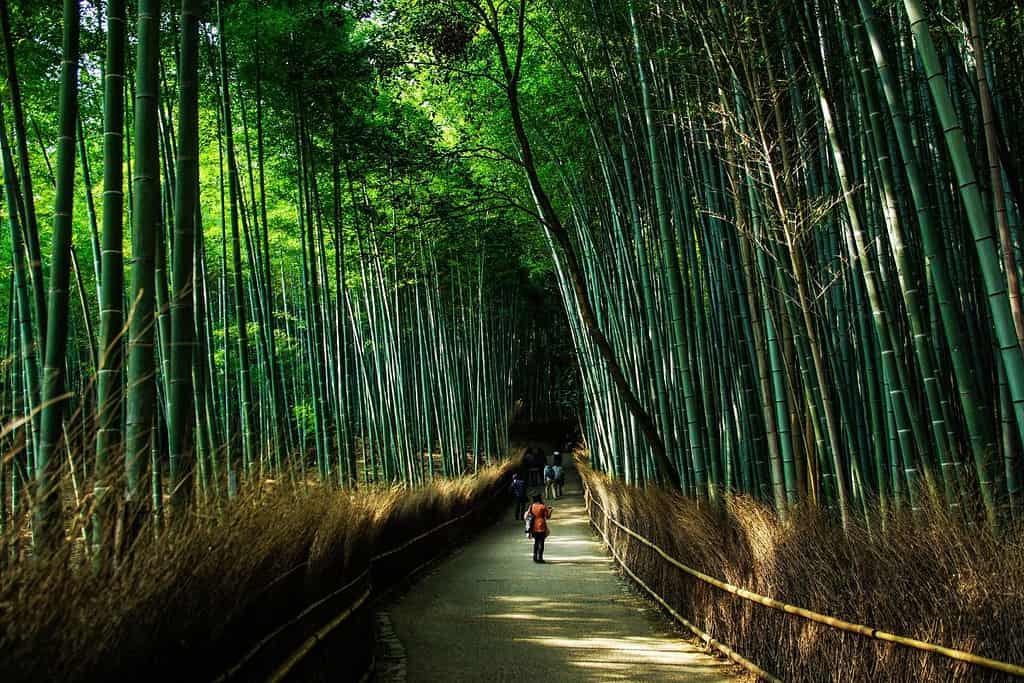
Top Geographic Features of Japan
- Mount Fuji: The iconic Mount Fuji is Japan’s highest mountain and a symbol of the country. Standing tall near Tokyo, it has influenced Japanese art, culture, and religion for centuries.
- Shinano River: One of Japan’s longest rivers, the Shinano flows through the central region, providing essential water resources for agriculture and various urban centers.
- Kanto Plain: Covering a significant portion of eastern Japan, this expansive plain is home to many of Japan’s largest cities, including Tokyo, and plays a crucial role in the nation’s economy.
- Sonoran Desert: Positioned in the rain shadow of the Japanese Alps, this region, although not a “desert” per se, has distinct vegetation and unique fauna, influenced by the dry winds from the mountains.
- Nachi Falls: Located in Wakayama Prefecture, these beautiful waterfalls are one of Japan’s most famous natural attractions and are an integral part of the Kumano Kodo pilgrimage route.
- Hokkaido Island: The northernmost of Japan’s main islands, Hokkaido is characterized by its vast landscapes, volcanic regions, and unique fauna, including the brown bear.
- Tone River: An essential river in Japan, the Tone River flows through the Kanto region, providing critical resources for irrigation and the populous cities in its vicinity.
- Shiretoko National Park: Found on the northeastern tip of Hokkaido, this UNESCO World Heritage site is famous for its biodiversity, including various marine species and brown bears.
- Izu Peninsula: Located southwest of Tokyo, the Izu Peninsula is known for its hot springs, scenic coastlines, and marine life, making it a popular tourist destination.
- Ryukyu Islands: An archipelago stretching between Kyushu and Taiwan, these islands are known for their tropical climate, unique culture, and rich marine biodiversity, including the famous Okinawan coral reefs.
These geographic features play a vital role in shaping Japan’s landscape, climate, and cultural history, making them essential elements in defining the country’s geography.
Japan Geography
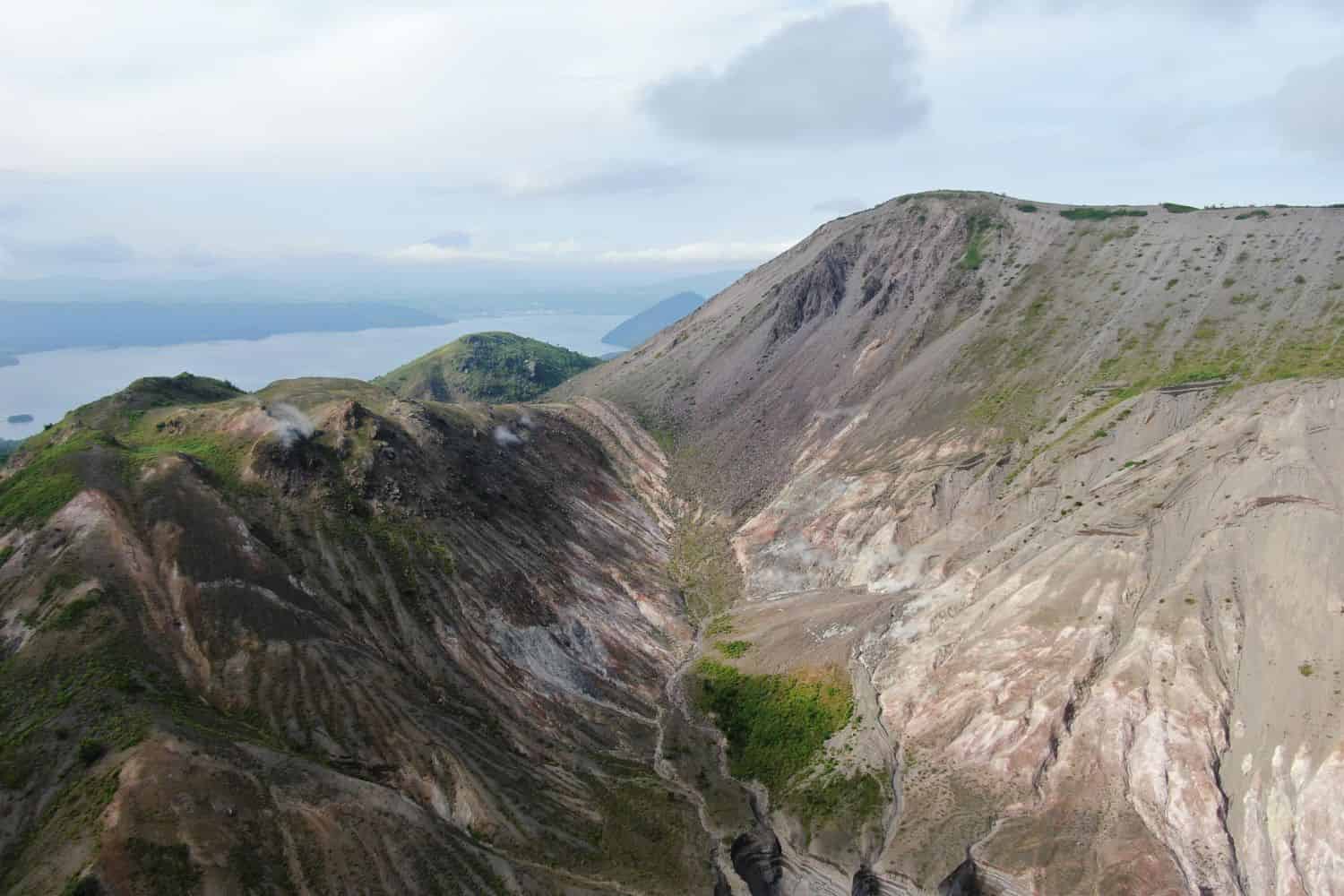
Exploring the Japan National Geographic canvas reveals a breathtaking array of geographic features. From the iconic Mount Fuji to the vast Kanto Plain and the renowned sake regions of Niigata, the country offers a captivating tapestry of natural wonders.
- Mountain Ranges – The Crown of Diversity: Similar to documentaries that often feature towering mountain ranges, Japan boasts the magnificent Japanese Alps. These rugged peaks not only add to the country’s scenic beauty but also offer unique biodiversity and have shaped its cultural identity.
- Lakes – A Kaleidoscope of Colors: Japan’s Hakone National Park, with its pristine volcanic lakes, resembles the picturesque landscapes captured in photographs. These crystal-clear lakes, surrounded by forests and mountains, reflect the region’s geological richness.
- Plains – Expansive Fields of Life: Just as documentaries highlight vast landscapes, Japan’s Kanto Plain showcases expansive fields that are crucial for agriculture. This fertile region tells stories of samurai traditions and the country’s agricultural innovations.
- Historical Sites – Unveiling the Past: Japan’s historical sites, like the temples of Kyoto, evoke memories of explorations that uncover ancient dynasties. These remnants stand as a testament to the country’s rich historical heritage.
- Ethnic Diversity – A Cultural Melting Pot: Similar to the National Geographic focus on diverse cultures, Japan is home to ethnic groups like the Yamato, Ainu, and Ryukyuan communities. Each group contributes unique traditions, languages, and customs, creating a vibrant cultural mosaic.
- Wildlife – A Sanctuary for Nature: Japan’s protected areas, such as the Shiretoko Peninsula, mirror the coverage of wildlife conservation. These regions serve as crucial habitats for diverse species, preserving biodiversity in a varied environment.
- Geological Marvels – A Natural Showcase: The country’s geological wonders, like the Beppu hot springs, showcase Japan’s natural beauty amidst the magnificent Japanese Alps. Such structures demonstrate the dynamic forces of nature at work.
- Remote Exploration – Uncharted Territories: The remote and secluded regions of Hokkaido beckon adventurers, much like quests into uncharted territories. This vast expanse offers a glimpse into untouched landscapes and unique ecosystems.
Japan geographic features are marked by the dominating presence of the Japanese Alps. These majestic peaks, which stretch across the central region of the country, create a breathtaking backdrop for the nation’s diverse topography. The historic Nakasendo Way, once a significant trade route, weaves its way through these formidable mountains, connecting regions of Japan.
Flowing gracefully through the Japanese terrain are the life-giving rivers of Shinano and the Tama River, vital for agriculture and irrigation. Additionally, the expansive Kanto Plain and the unique volcanic terrains of Kyushu contribute to the country’s distinct geography.
Japan Geographic Location
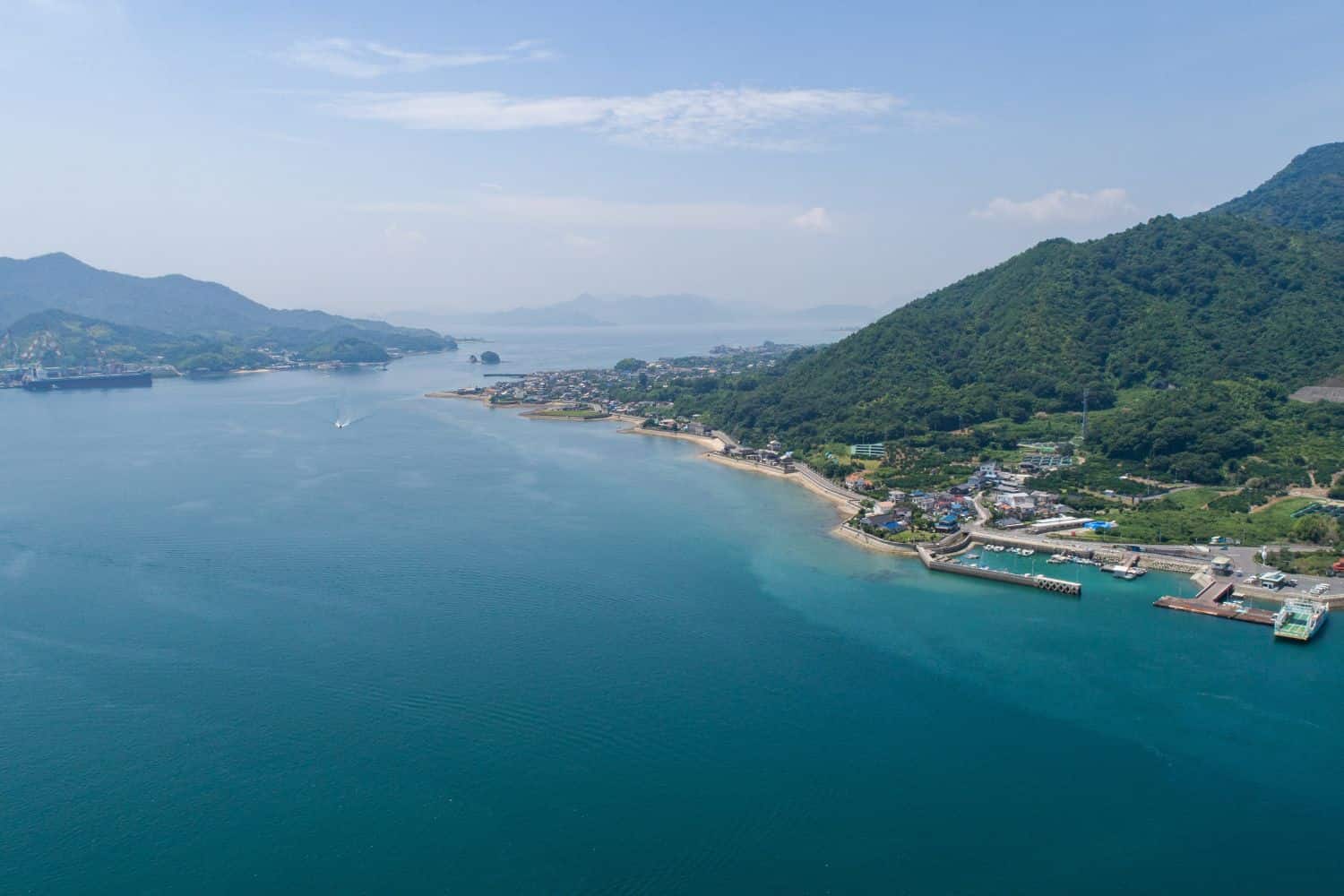
Japan geographic location is very strategic, and its position has played a significant role throughout history. Located in the eastern part of Asia, the country is an archipelago that has been a nexus for trade, culture, and ideas, emphasizing its historical importance.
Borders of Japan
While Japan doesn’t share land borders with any countries due to its insular nature, it has maritime boundaries with several nations. Here is Japan physical geography with the neighboring countries and the approximate distances to their closest points:
- Russia: The maritime boundary between Japan and Russia is defined mainly by the Sea of Okhotsk and the Kuril Islands. The distance from Hokkaido to the closest Russian territory, Kunashir Island, is approximately 20 kilometers.
- China: The maritime boundary between Japan and China is primarily in the East China Sea. The distance from Japan’s Kyushu Island to China’s mainland is approximately 900 kilometers.
- South Korea: The maritime boundary between Japan and South Korea lies in the Sea of Japan (or the East Sea). The distance from Japan’s Tsushima Island to South Korea’s Busan is approximately 50 kilometers.
- Taiwan: The maritime boundary between Japan and Taiwan is mainly in the East China Sea. The distance from Japan’s Yonaguni Island to Taiwan is approximately 111 kilometers.

| Japan Neighboring Country | Border Length (Approximate) |
|---|---|
| Russia | 20 kilometers |
| China | 900 kilometers |
| South Korea | 50 kilometers |
| Taiwan | 111 kilometers |
These international borders, primarily defined by the sea, delineate Japan’s connections to different regions and contribute to the country’s geopolitical significance as an island nation in East Asia.
Geography of Tokyo Japan
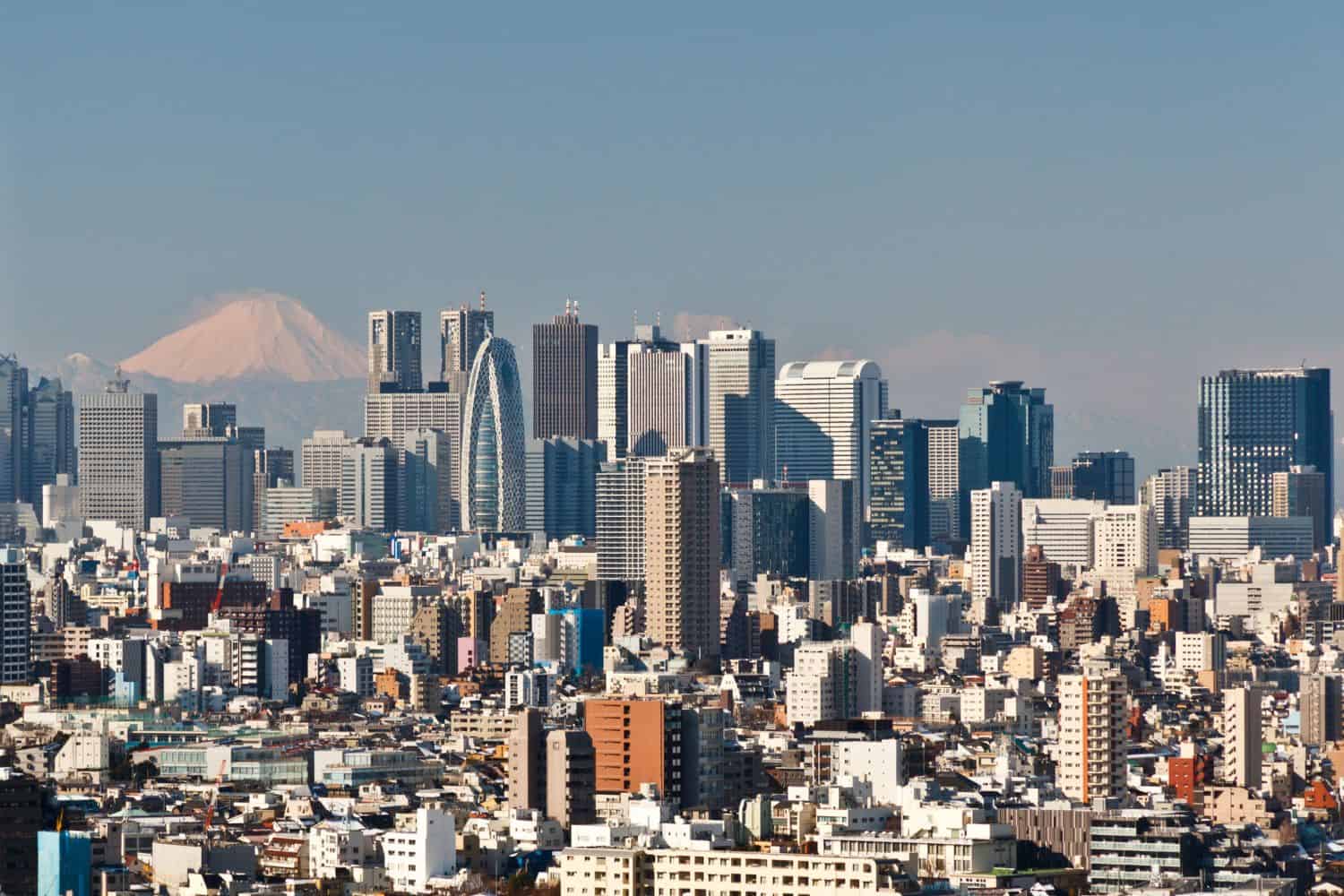
As the capital city of Japan, Tokyo is a captivating microcosm of the country’s human geography. Here, various ethnic groups, including the Yamato, Ainu, Koreans, and Chinese, coexist, contributing to the city’s vibrant cultural tapestry.
Tokyo, the capital city of Japan
- City of Contrasts: Tokyo is known for its stark contrasts, where modern skyscrapers coexist with traditional temples, creating a unique blend of old and new.
- Tokyo Bay: Tokyo Bay borders the city, playing a significant role in its trade and transportation.
- Tokyo’s Elevation: The city is located near sea level, with the vast Kanto plains stretching out around it.
- Green Spaces: Tokyo is home to several beautiful parks and gardens, including Ueno Park, offering a serene escape amidst the bustling metropolis.
- Tokyo’s Historical Significance: With a history deeply rooted in samurai and shogunate times, Tokyo has witnessed various epochs and played a pivotal role in East Asian politics and trade.
- Diverse Architecture: The city showcases a diverse architectural heritage, reflecting influences from traditional Japanese, Western, and modern styles.
- Sumo Culture: Tokyo is a center for sumo wrestling, and its vibrant sport and tradition can be seen and experienced throughout the city.
- Imperial Palace: The historic Imperial Palace, located in the heart of the city, is an iconic symbol of Japan’s imperial history.
- Tokyo’s Economy: The city serves as Japan’s economic and cultural hub, attracting people from all over the country seeking opportunities and education.
- Population Growth: Tokyo has experienced steady population growth, with a significant influx of immigrants from various countries, leading to urbanization and infrastructure challenges.
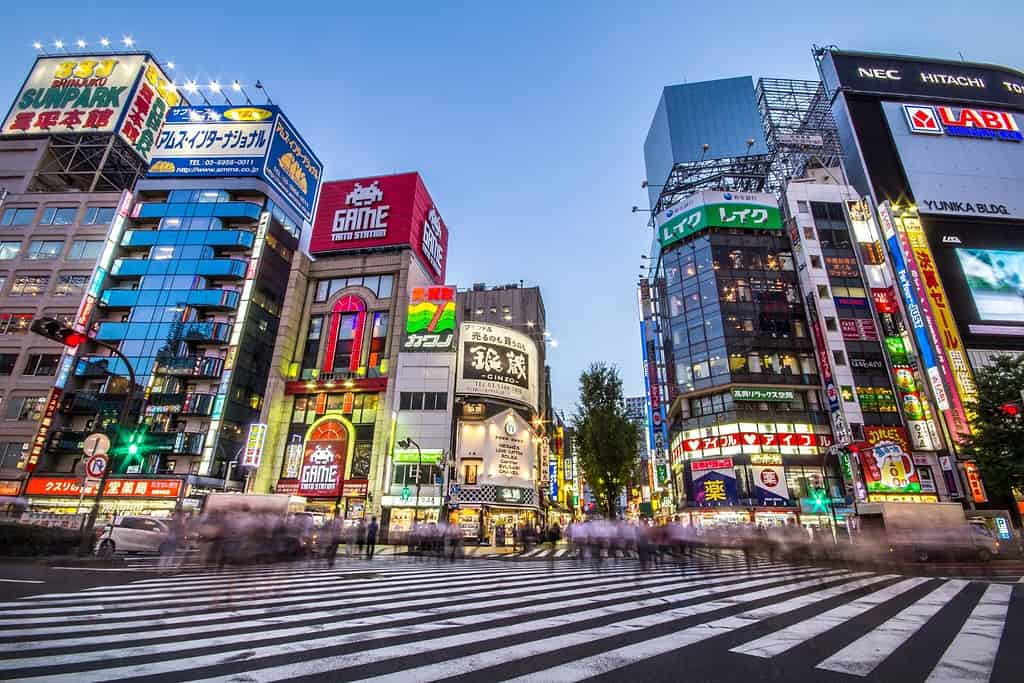
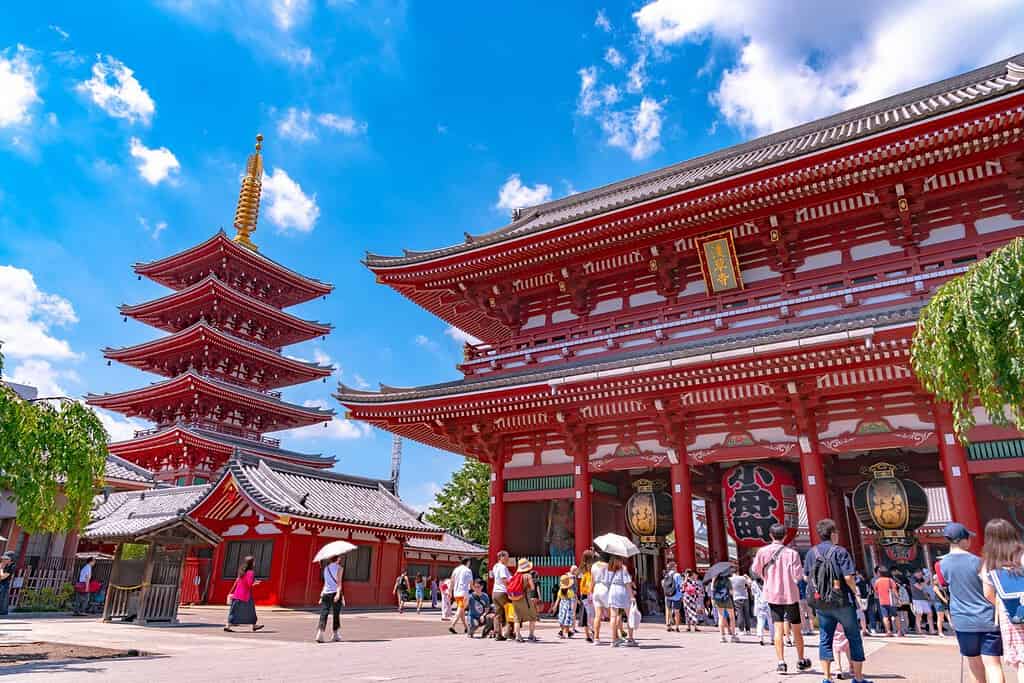
Historical Geographical Importance of Japan
Throughout the ages, Japan’s geographical significance has made it a sought-after stage for historical drama. As empires and nations rose and fell, from the Mongols to the indigenous dynasties and European visitors, Japan’s geographic position played a pivotal role in shaping the world’s history.
- Strategic Island Nation: Japan geographic location as an archipelago in the Pacific Ocean has made it a strategic point for trade, cultural exchange, and military endeavors throughout history.
- Ancient Trade Routes: The indigenous trade routes passed through Japan, connecting various clans and facilitating the exchange of goods, ideas, and cultures.
- Mongol Invasions: Japan was a key territory during the Mongol invasions in the 13th century, as they sought to expand their empire in the East.
- Edo Period and Sakoku: During the 17th to 19th centuries, Japan became a focal point of its own isolated development, a period known as Sakoku, where the nation closed itself off from foreign influence.
- European Contact: Japan’s geographic position attracted various European explorers and traders in the 16th and later 19th centuries, influencing its culture and technological advancements.
- Influence of Indigenous Dynasties: Japan was home to various powerful clans and dynasties, such as the Tokugawa, Ashikaga, and Heian, shaping its early history and culture.
- Samurai and Shogunate: The iconic figure of the Samurai and the rule of shogunates are fundamental symbols of Japan’s cultural and historical identity.
- Influence of Traditional Arts: Japan’s position as a unique cultural hub gave birth to various arts like tea ceremony, ikebana, and kabuki, which have since enchanted the world, influencing its culture, art, and philosophy.
The geographical position of Japan is a spectrum of beauty and historical importance. With its breathtaking landscapes, ranging from the majestic Mount Fuji to the serene temples of Kyoto and the bustling streets of Tokyo, this nation continues to capture the world’s imagination. Despite challenges, Japan remains a compelling destination for the intrepid traveler and curious explorer, drawn to its blend of nature’s wonders and historical intrigue.
More About Japan
[the-post-grid id=”50378″ title=”Japan Main page”]
